Key Takeaways
- Carpet beetles don’t bite, but their larvae can cause itchy, irritating allergic reactions resembling bug bites.
- Larvae hairs (setae) are the real culprits behind your itchy, red skin bumps.
- Carpet beetle dermatitis often gets mistaken for bed bug bites, so recognizing differences (appearance, timing, and location) helps resolve confusion.
- Carpet beetle larvae can seriously damage household items like clothing, carpets, upholstery, leather goods, and even stored foods.
- Early detection is crucial; regularly checking closets, storage areas, and furniture can prevent major headaches and expenses.
- Prevention involves consistent cleaning, smart storage habits, sealing entry points, inspecting secondhand items, and minimizing clutter.
- If you already have an infestation, act quickly by deep cleaning, washing fabrics in high heat, freezing delicate items, using targeted insecticides, or calling professional pest control if necessary.
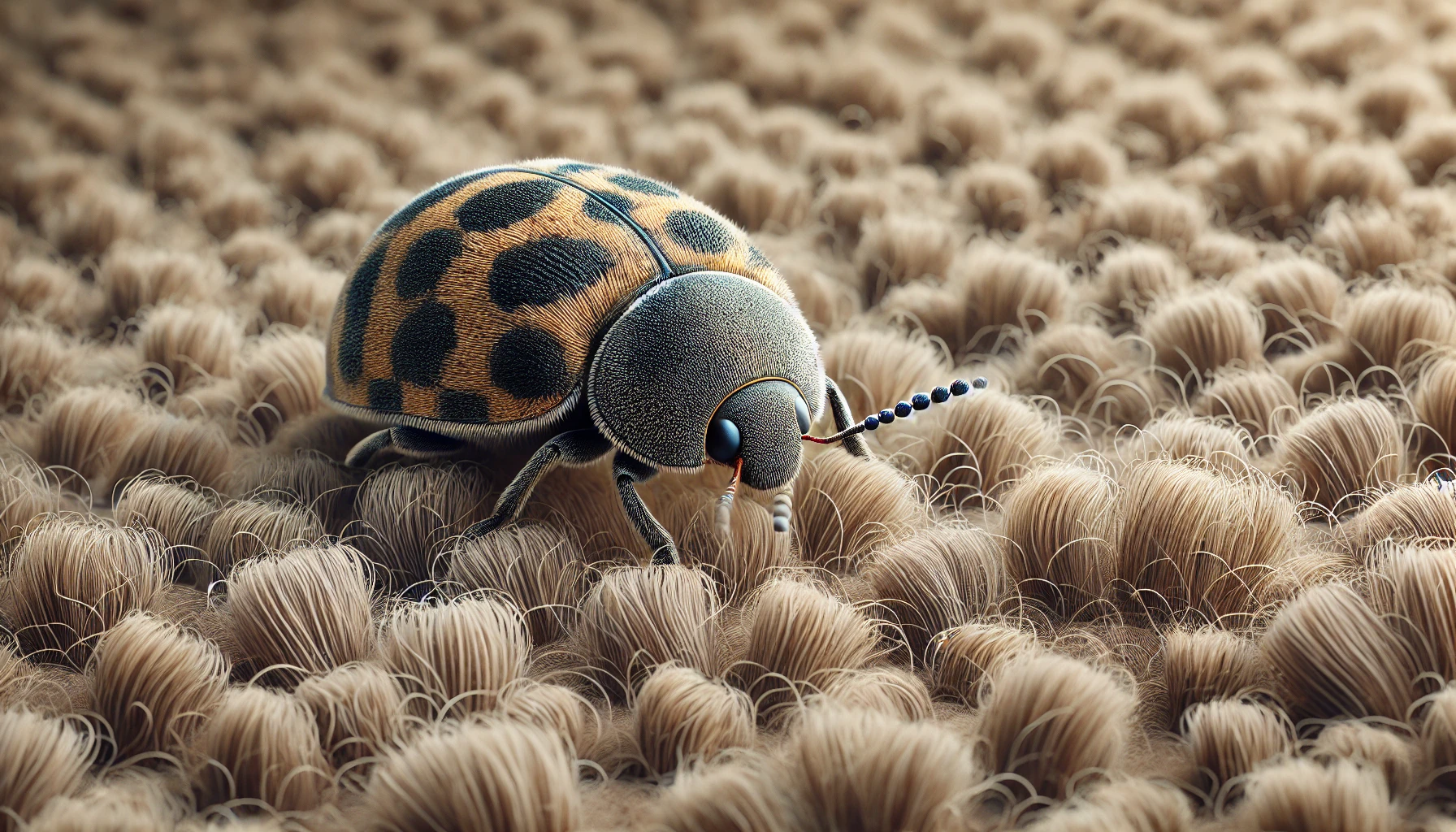 Ever scratch your hand, looking at small red bumps, and thought, “Oh no, bed bugs?” Do you know what? You can blame the wrong insect. While bed bugs and flea usually catch the spotlight for itching discomfort, another timid domestic intruder can be criminal – carpet beetle. So, what is the deal? Does carpet bites cut?
Here is the matter: Carpet beetles do not bite humans or pets. Honestly, they are not just in the blood like mosquitoes or fleas. But grab – don’t rest yet. Carpet beetle larvae can cause itching, allergic reactions that cut the insect, create confusion and frustration. Let’s discuss everything you need to know about carpet beetles, their itchy secrets, and how you can protect your home from these unwanted guests.
Ever scratch your hand, looking at small red bumps, and thought, “Oh no, bed bugs?” Do you know what? You can blame the wrong insect. While bed bugs and flea usually catch the spotlight for itching discomfort, another timid domestic intruder can be criminal – carpet beetle. So, what is the deal? Does carpet bites cut?
Here is the matter: Carpet beetles do not bite humans or pets. Honestly, they are not just in the blood like mosquitoes or fleas. But grab – don’t rest yet. Carpet beetle larvae can cause itching, allergic reactions that cut the insect, create confusion and frustration. Let’s discuss everything you need to know about carpet beetles, their itchy secrets, and how you can protect your home from these unwanted guests.
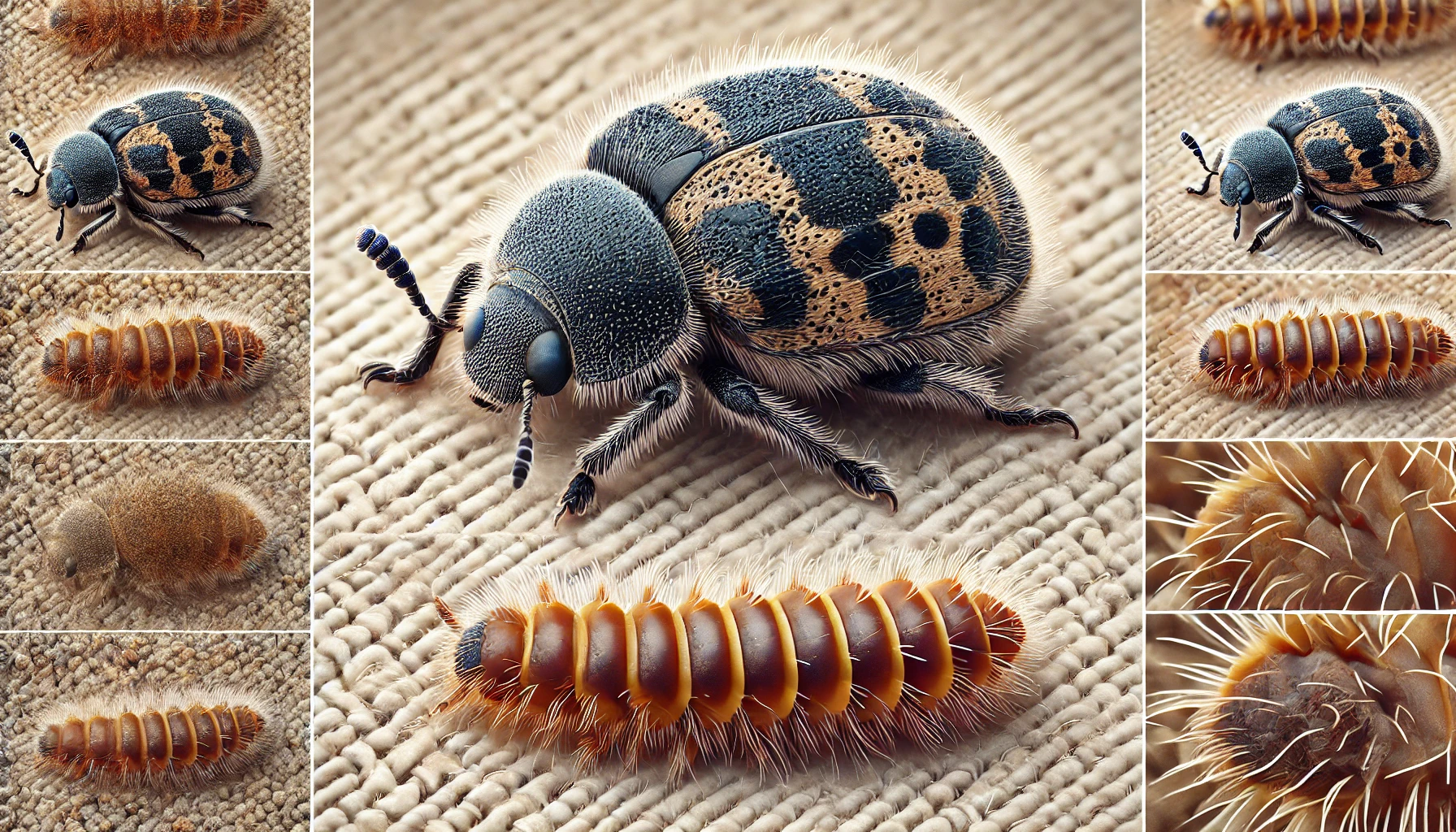

Not getting a solution?
Get your free pest control estimate today!First Things First: Meet the Carpet Beetle
Carpet beetles are tiny, colorful insects belonging to the Dermestidae family. Adults measure just around 1/8-inch and sport oval-shaped bodies decorated in a mix of black, white, brown, or even yellow scales. They’re easy to overlook, casually hanging around window sills or buzzing near indoor lights. But here’s the twist: adult beetles aren’t the main issue—it’s their larvae that cause trouble. Known as “woolly bears,” these little caterpillar-like creatures have tiny, irritating hairs (setae) that easily embed themselves in fabrics, causing allergic reactions in many people.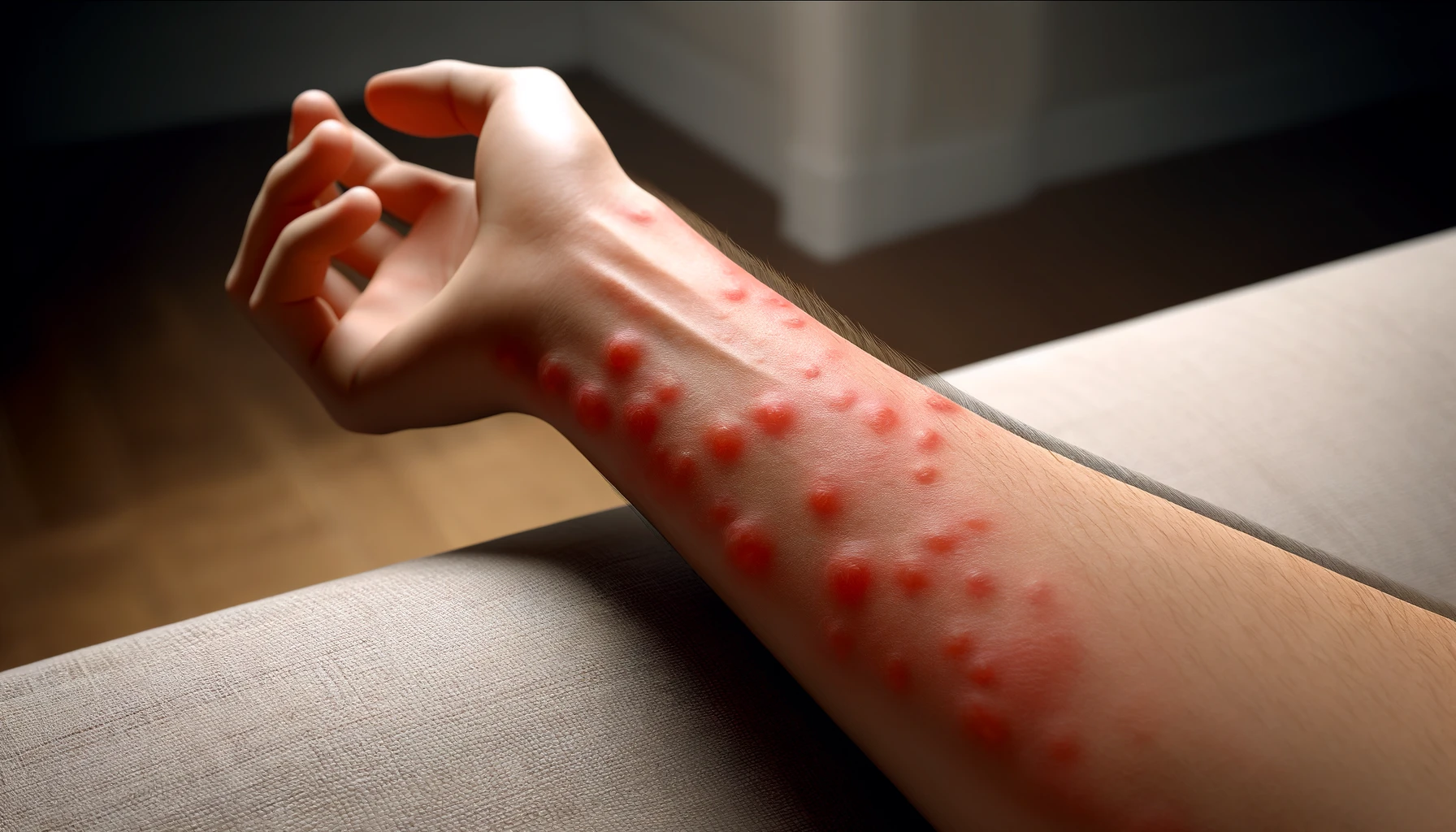
Wait, Carpet Beetles Don’t Bite? Then Why Am I Itchy?
You know what? It’s a fair question. While carpet beetles don’t technically bite, their larvae shed microscopic hairs that irritate your skin when they come into contact with it. This allergic reaction, called carpet beetle dermatitis, can look and feel a lot like bites. You might experience symptoms such as:- Red, itchy bumps or welts
- Patchy, eczema-like skin
- Seriously annoying itching that can keep you awake at night
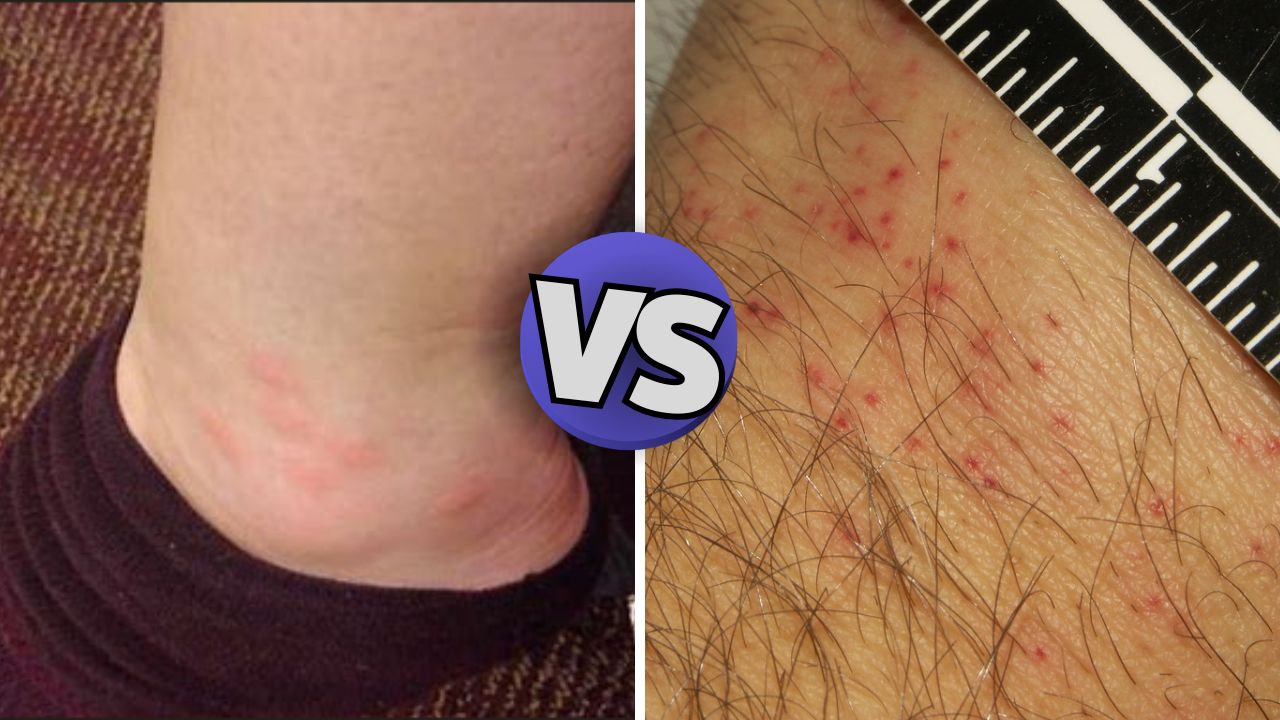
Carpet Beetle Rash vs. Bed Bug Bites: Spotting the Difference
- Alright, let’s clear this confusion once and for all. How do you distinguish between carpet beetle rashes and bed bug bites?
-
Appearance: Carpet beetle rashes are random and scattered without clear puncture marks, while bed bug bites usually appear in neat clusters or lines with a red center.
-
Timing: Bed bug bites occur overnight due to their nocturnal habits, while carpet beetle reactions can happen anytime after contact with contaminated fabrics or furniture.
-
Location: Bed bug bites target exposed skin like arms, legs, and the face. Carpet beetle rashes can appear anywhere on the body, including under clothing.
How Carpet Beetles Can Ruin Your Day—and Your Stuff
Aside from itchy discomfort, carpet beetle larvae can wreak havoc on your belongings. They aren’t picky eaters either, feasting on:- Wool sweaters, coats, and scarves
- Upholstered furniture
- Carpets and rugs
- Leather items
- Fur and feather products
- Even stored pantry foods like grains or pet food
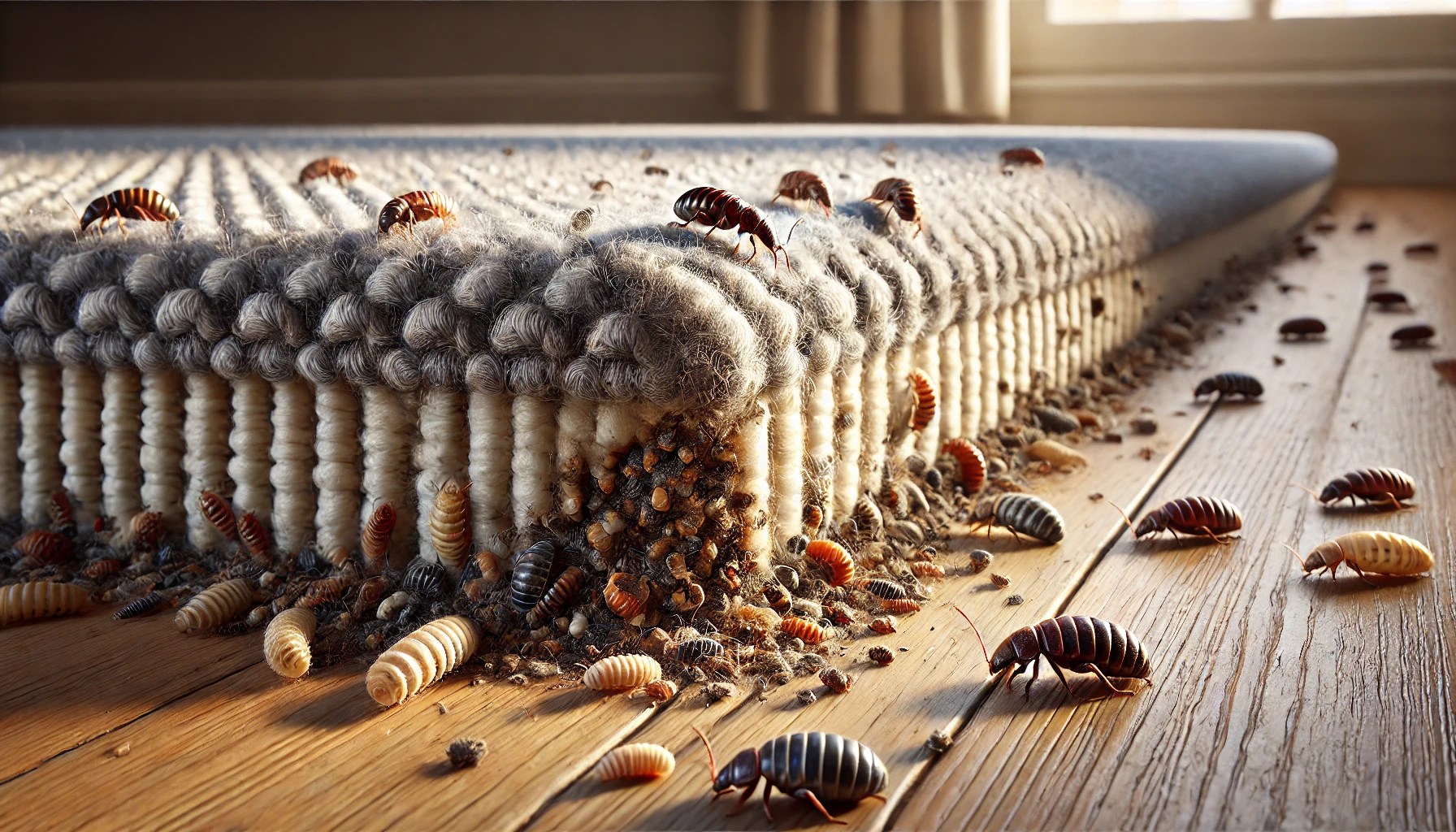
How to Spot Carpet Beetle Infestations Early
The quicker you catch these little troublemakers, the better. Here’s what to look out for:- Small, unexplained holes in fabrics or carpets
- Tiny, fuzzy brown larvae lurking in dark spaces (like the back of closets or underneath furniture)
- Shed skins that look like tiny husks scattered around
- Adult beetles lingering near windows or indoor lights

Easy Ways to Keep Carpet Beetles Out of Your Home
- Preventing carpet beetles isn’t rocket science—just consistent good habits. Here are some easy ways to keep them away:
-
Regular Cleaning: Vacuum frequently, especially around carpet edges, furniture seams, and dark corners where beetles hide.
-
Intelligent Storage: Use airtight containers or garment bags with cedar or mothballs to protect wool and natural fabrics.
-
Seal Your Home: Fix damaged screens, seal cracks, and keep doors shut during peak beetle season in spring and summer.
-
Inspect Secondhand Items: Always check and clean thrifted items before bringing them into your home.
-
Declutter: Fewer piles and dark storage spaces mean fewer hiding places for carpet beetles.
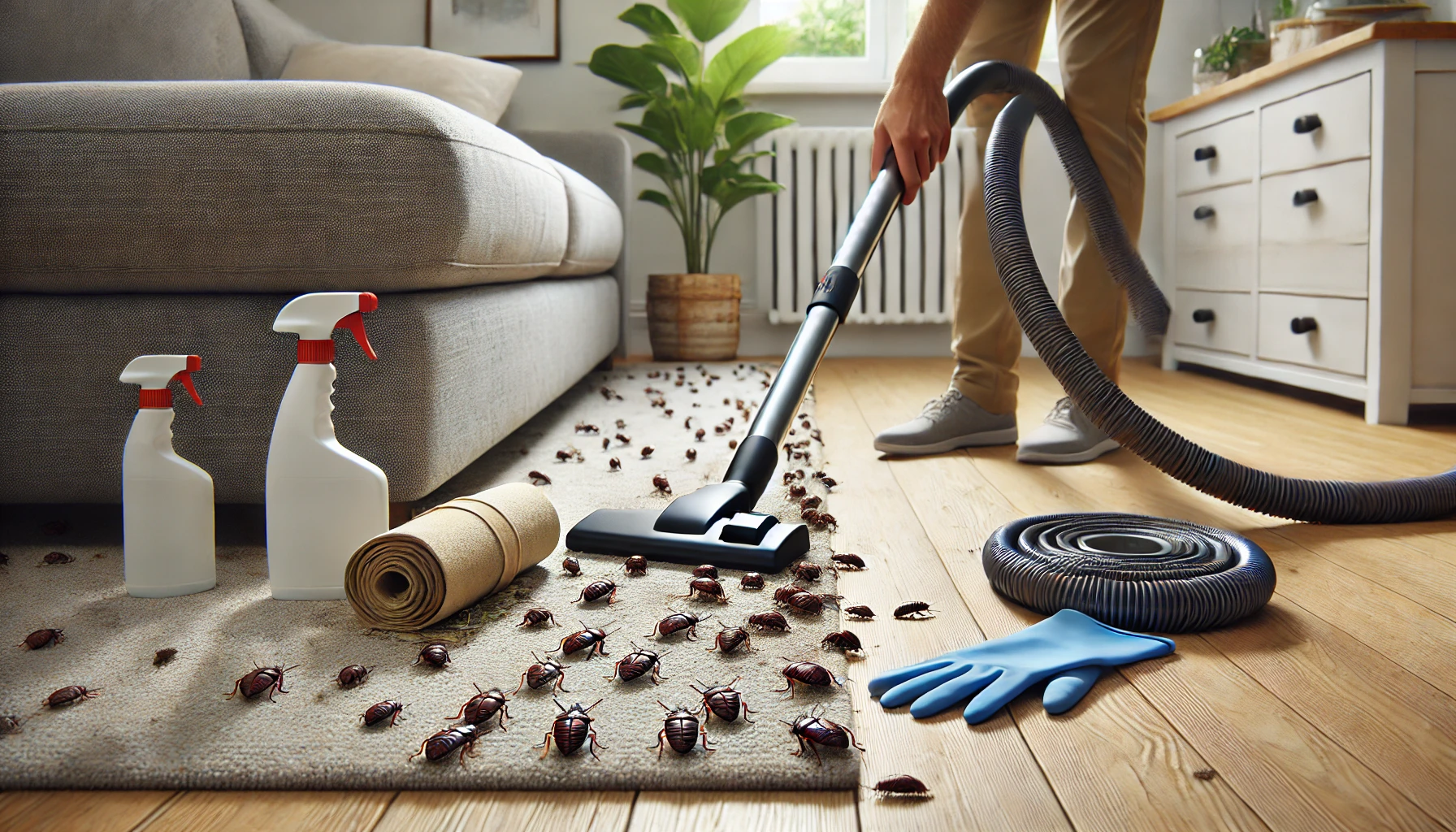
Already Got Carpet Beetles? Here’s How to Kick Them Out
- If carpet beetles have already settled in, don’t panic—just tackle the issue step-by-step:
-
Vacuum Like You Mean It: Deep-clean all affected areas and discard vacuum contents immediately outside.
-
Heat Treatment: Wash and dry infested fabrics on the hottest settings safe for the materials to kill larvae and eggs.
-
Freeze It Out: Freeze delicate or unwashable items for at least 48 hours to eliminate beetles.
-
Insecticides: Apply pest control products designed specifically for carpet beetles in targeted areas.
-
Natural Measures: Try cedar oil sprays or diatomaceous earth as low-toxicity alternatives to chemical insecticides.
-
Call the Pros: If DIY steps don’t work, professional pest control can ensure complete elimination.
Why Quick Action Matters
Look, carpet beetles might seem harmless at first glance, but left unchecked, they can cause real headaches (and expenses). Taking immediate action at the first sign of trouble saves you from more significant problems later. Nobody likes the idea of tiny larvae chewing up their favorite belongings. Protecting your home from carpet beetles requires nothing fancy—just consistency and a bit of vigilance. So keep an eye out, stay proactive, and rest easy knowing those mysterious “bites” aren’t bites. If you feel things have gone out of control, it is advised to contact pest control professionals. Our team can provide a customized approach to protect your home effectively.Visit our Species, Control, and DIY Guide sections for additional resources on beetle and ways to tackle a beetle infestation.





